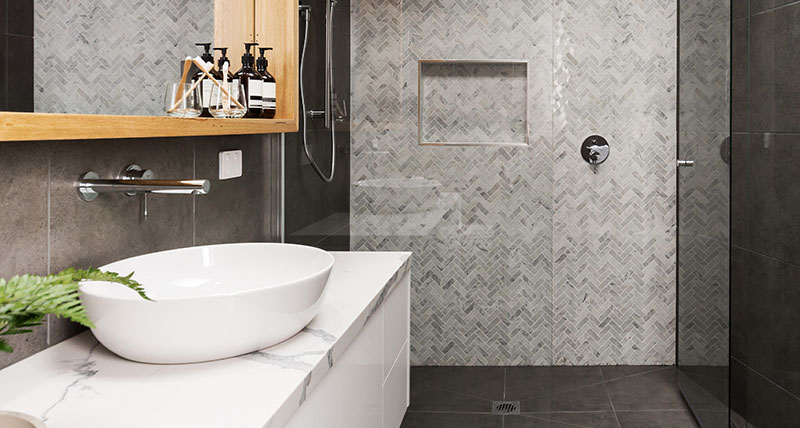
Low-flow toilet pros and cons: A Tech-Savvy Perspective
Share
In a world where technology is advancing at lightning speed, even the most mundane aspects of our daily lives are being transformed. One such innovation is the low-flow toilet. While it may not be the flashiest piece of tech, its impact on water conservation and environmental sustainability is profound. In this article, we'll dive deep into the pros and cons of low-flow toilets, exploring how these devices are revolutionizing the way we think about water usage and plumbing technology.

The Rise of Low-Flow Toilets
As the global population continues to grow, the demand for fresh water is increasing. Traditional toilets, which can use up to 3.5 gallons per flush, contribute significantly to water wastage. Enter low-flow toilets, designed to use 1.6 gallons or less per flush. This technology not only conserves water but also reduces the strain on municipal water systems. For tech professionals and enthusiasts, the innovation behind these toilets is a testament to the power of sustainable technology. The Environmental Protection Agency's WaterSense program provides a wealth of information on water-saving plumbing fixtures, including low-flow toilets.
Advantages of Low-Flow Toilets
Water Conservation and Cost Savings
The primary benefit of low-flow toilets is their ability to conserve water. By using significantly less water per flush, these toilets can save thousands of gallons annually. This not only benefits the environment but also translates to lower water bills. For tech enthusiasts, the ability to integrate water-saving technology into one's home can be both financially and environmentally rewarding. For a detailed comparison of the cost savings, check out this article on water-saving toilet cost comparison.
Environmental Impact
Reducing water consumption has a direct impact on the environment. By lowering demand on water treatment facilities and reducing the energy needed to process water, low-flow toilets contribute to a more sustainable future. For tech professionals interested in green technology, this is a prime example of how innovation can drive environmental change. Learn more about upgrading to these technologies in this upgrade guide.
Challenges of Low-Flow Toilets
Performance Issues
Despite their benefits, low-flow toilets are not without challenges. Some users report that these toilets occasionally require multiple flushes to clear the bowl, which can negate water savings. However, advancements in technology have led to improved designs that mitigate these issues. For those considering a switch, it's essential to research models known for their efficiency and reliability.
Higher Initial Cost
Another consideration is the initial cost of installation. Low-flow toilets can be more expensive upfront compared to traditional models. However, the long-term savings on water bills often offset this initial investment. It's crucial for tech-savvy consumers to weigh the initial cost against the potential savings over time. For maintenance tips and ways to ensure your toilet operates efficiently, visit this maintenance guide.
Technological Innovations in Low-Flow Toilets
The integration of technology into plumbing systems has led to various innovations in low-flow toilets. Smart toilets now offer features such as dual-flush systems, motion sensors, and self-cleaning capabilities. These advancements not only improve performance but also enhance user experience. For tech enthusiasts, the potential for integrating IoT technologies with plumbing systems is an exciting frontier. For more insights on how to reduce toilet water usage, check out this guide.
Conclusion
As we navigate a world increasingly focused on sustainability and resource conservation, the adoption of low-flow toilets represents a significant step forward. While there are challenges to consider, the benefits of water conservation, cost savings, and environmental impact make them a compelling choice for tech professionals and enthusiasts. As technology continues to evolve, so too will the capabilities of these essential fixtures, driving us towards a more sustainable future.

Frequently Asked Questions
Are low-flow toilets worth the investment?
Yes, despite the higher initial cost, the long-term water savings and environmental benefits make them a worthwhile investment. For more insights, check out this guide on low-flow toilet benefits.
How can I ensure optimal performance from my low-flow toilet?
Regular maintenance and choosing high-quality models are key. For maintenance tips, visit this maintenance guide.
Do low-flow toilets require special plumbing?
Generally, they can be installed in most existing plumbing systems, though it's advisable to consult with a professional plumber for specific installation requirements.
This article contains affiliate links. We may earn a commission at no extra cost to you.
